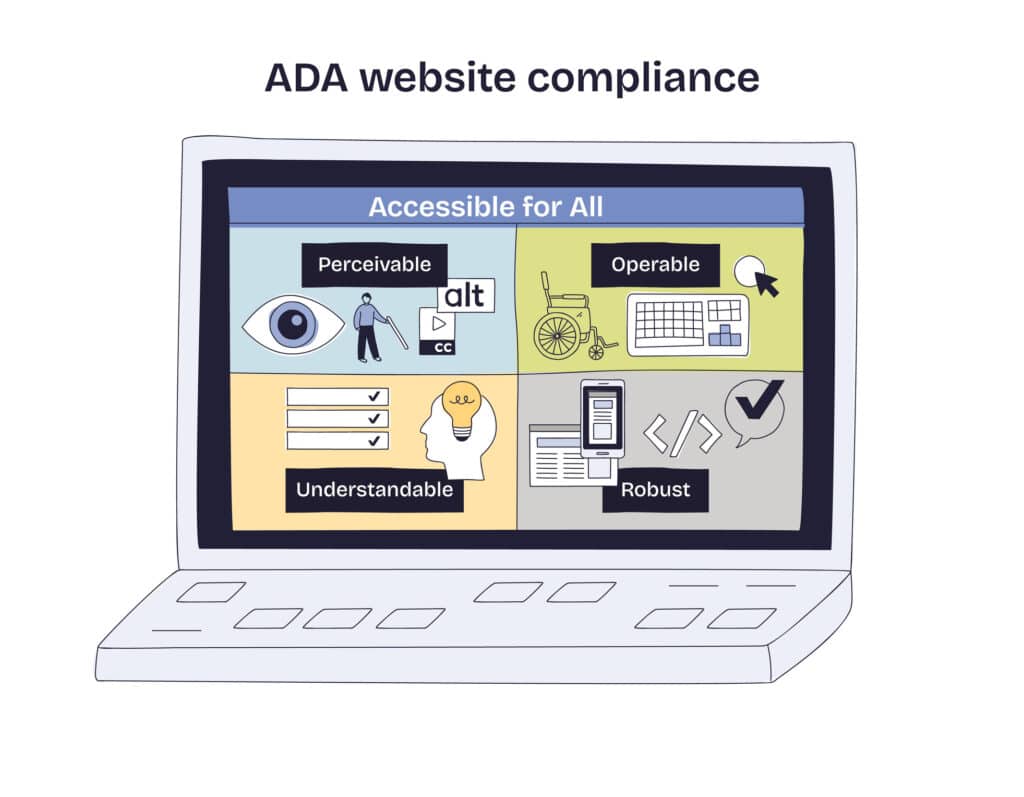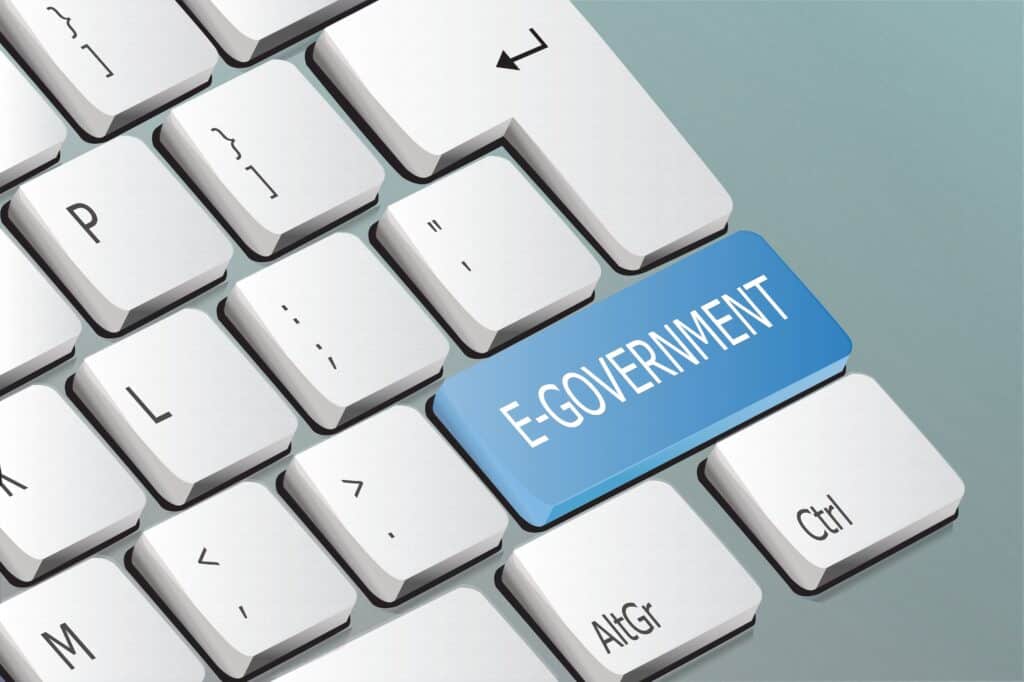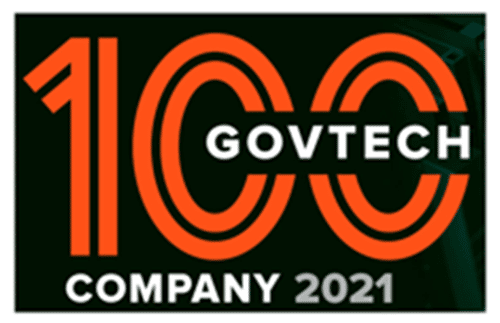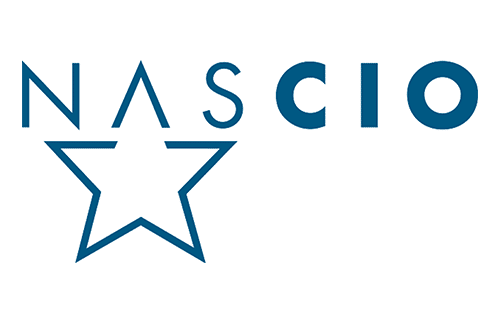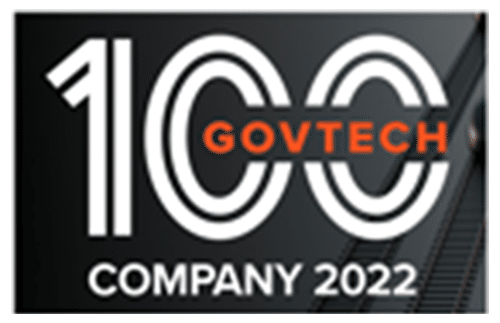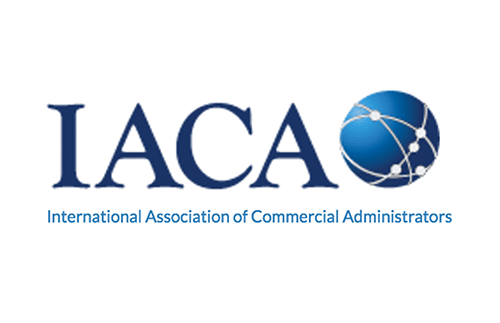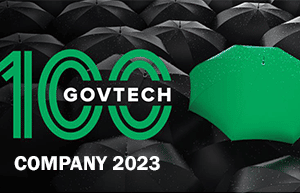Going paperless? It’s more common than ever for government and public sector organizations facing the need to improve performance, yet keep costs under control. With government workflow automation, they can achieve at least four major benefits.
Other challenges? These organizations are faced with the challenge of collecting and securing vast amounts of data, much of it personal data from constituents and citizens. There’s a lack of transparency involved in those processes, too, that damages trust. Plus, there’s the sheer cost and difficulty involved in handling and warehousing paper documents.
With workflow automation, government can leap ahead by kicking paper-based processes to the curb.
- Shorten response times!
If there’s one timeworn cliché about government processes, it’s how long it takes to get anything done. If a citizen or a government critic considers the sheer volume of documentation that’s involved, they might feel more sympathy for public sector workers…but then they’d say, “why can’t you fix that?”
Government workflow automation can, in fact, fix a lot of what’s wrong. Replacing outmoded manual processes and paper forms with digital workflows and smart online forms that are self-guiding for users results in a net reduction in errors and delays. Actually, “net” doesn’t do the transformation justice: it can be a huge reduction, depending on the workflows you target.
That’s why, when Sweden’s social insurance agency digitized its workflows, it started out by focusing on five items that accounted for 60% of its manual processing and over 80% of call center volume. Denmark created an algorithm-driven system for classifying newly registered businesses, and now 98% of the work involved in registering companies happens with no human intervention.
Digital forms also have the advantage of being easily integrated with other platforms, not just those you’ve automated. Data can be used in email marketing, project management platforms, financial tools, and more, slashing even more delay out of the system. By reduced response times, you improve your lot with the public, who can now feel better served and more engaged. - Improve staff morale
Even the most gung-ho government worker is bound to feel frustrated or thwarted by outdated processes. Because it can begin to seem as though the process, not the people it serves or the quality of the work it generates, is most important.
It’s the Achilles heel of bureaucracy, because it sucks the energy and commitment out of workers. “Paper-pushing” takes precedence over actual productivity and performance. So much time is spent attending to routing or filing or locating documents, staffers are consumed with tedium. That’s not an optimal formula for delivering good public service, is it?
By eliminating the need to be immersed in repetitive, humdrum paper-based tasks via govenrment workflow automation, staffers are liberated. Now they can focus their skills and enthusiasm on actual interaction with the public, and on innovation and collaboration.
- Enhance data privacy and security!
That deluge of paper that devours so much effort and cost from government workers? It also presents a security threat that’s increasingly untenable in an era when security concerns about personal data are on the top of everyone’s mind.
Paper documents have a nasty habit of being mislaid or lost, and you can’t be certain they haven’t landed in the wrong hands…until it’s too late, unfortunately. Sure, there are challenges with digital data security, of course, and states like California are aiming to give citizens more control over that data.
But it’s far easier to set safeguards in the digital realm versus a paper-driven one; there’s a reason why, at one point, 98% of data breaches in the Department of Veterans Affairs involved physical paper. Sensitive personal data can be safeguarded in digital systems using multiple defenses, from passwords to access limitations, data encryption, two-factor authentication, and higher-level defenses.
On a more basic level, there’s the fact that disasters like fire, hurricanes, and floods can wreak havoc with paper-based systems, destroying archives or crippling operations.
As “smart cities” become more common, with their high levels of connectivity, paper-based processes will become even more of a hindrance. Rather than try to bootstrap antiquated operations, governments need to abandon them and move into digitization of documents and assets, putting themselves in a better position to manage tomorrow’s data security demands, rather than being hamstrung trying to still manage yesterday’s challenges.
- Cut costs and amplify efficiency
Cutting costs? It’s a prime concern for every agency, at nearly every level of government. Accomplishing that while making concurrent efficiency gains, so you’re not compromising the level of service you deliver – and even improve it – means pushing aside paper-based processes.
One wrong keystroke or misrouted paper form can throw an entire organization into tumult sometimes. So government workflow automation, with its power to standardize processes, increase transparency, improve performance via analytics, and automatically archive forms and workflows, can eliminate the cost of errors and thousands, if not tens of thousands, of work hours from repetitive processes.
It’s why McKinsey predicts that digitization of government operations could generate annual savings of over $1 trillion annually worldwide. With cost-effective and affordable solutions like SaaS government workflow automation readily available, delivering nearly immediate ROI, there’s little reason why public sector organizations of every size shouldn’t evolve past paper right now.
Politicians, government managers, and citizens alike will thank you for it.




